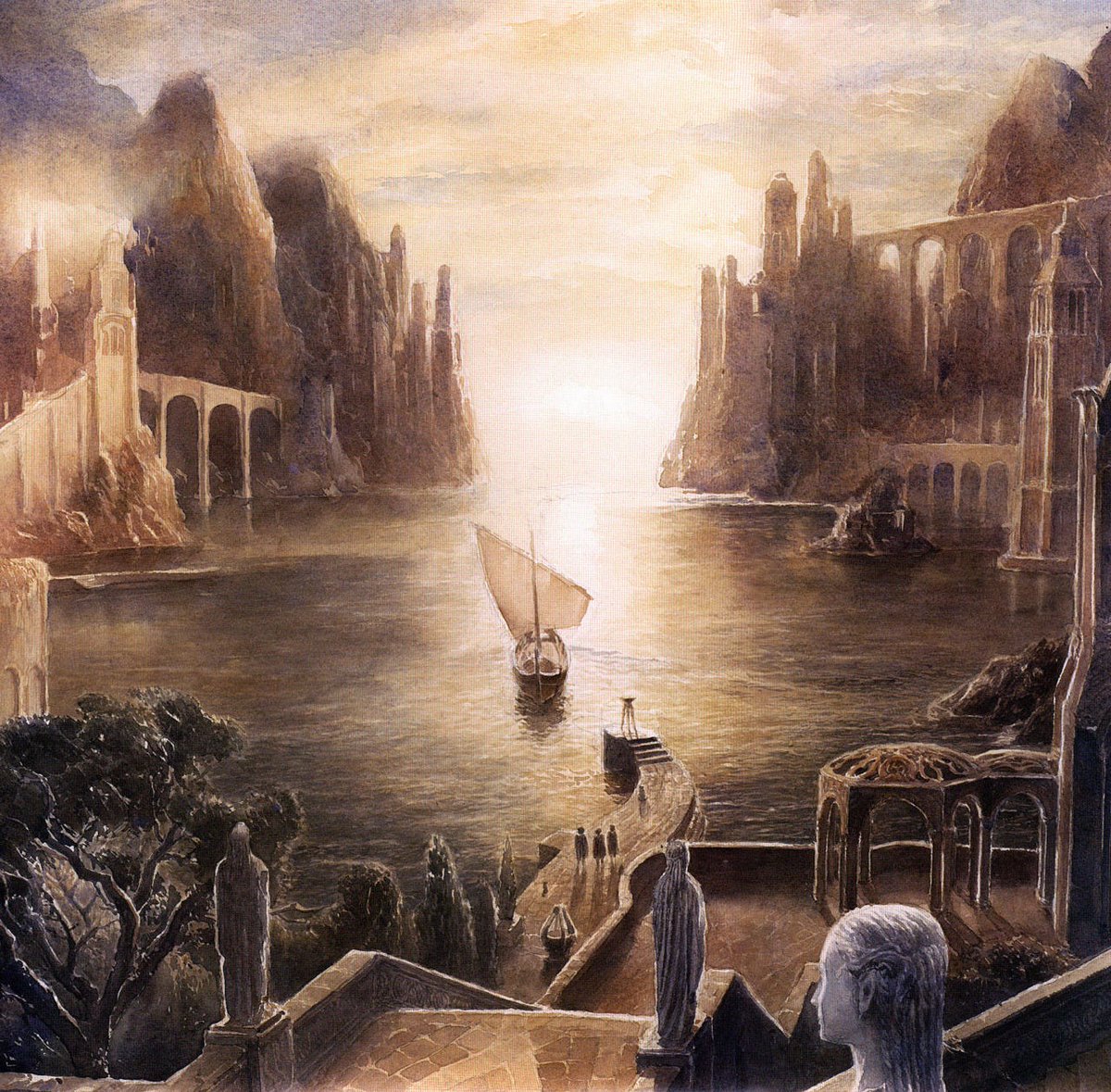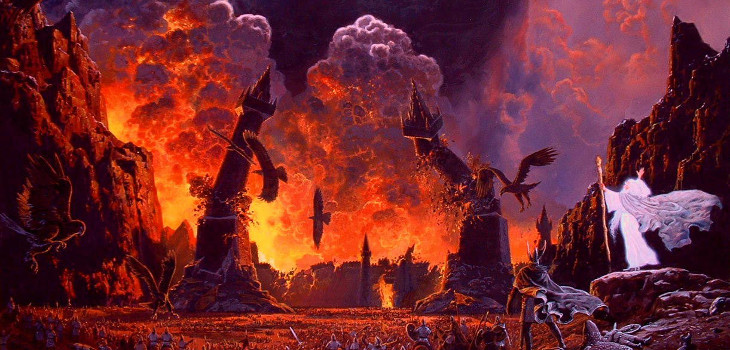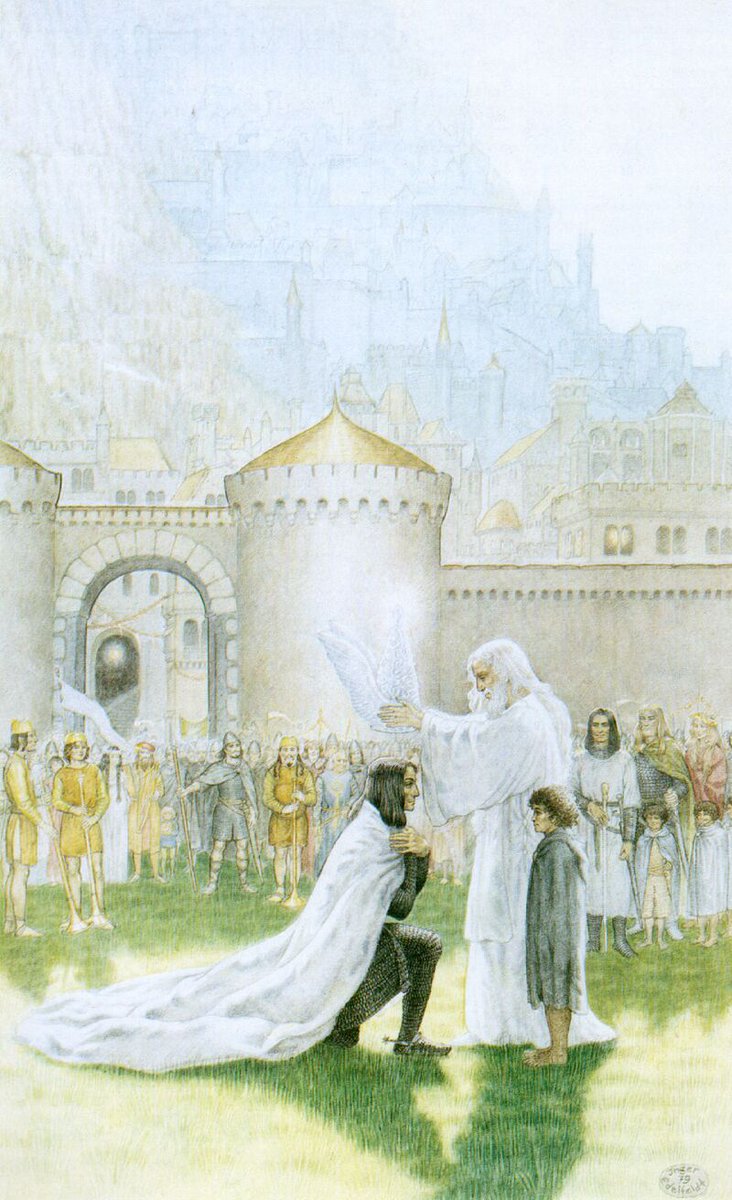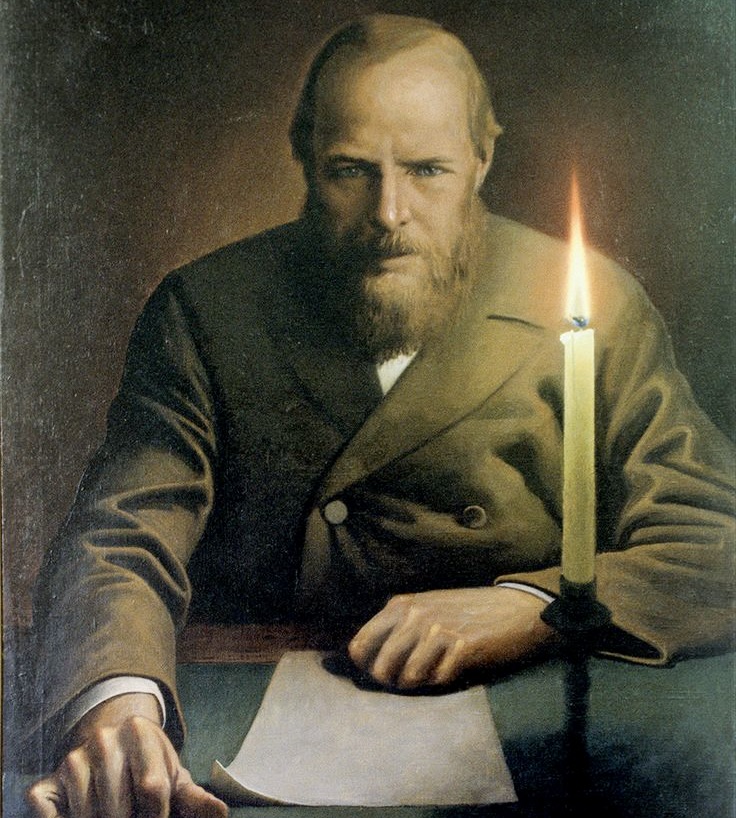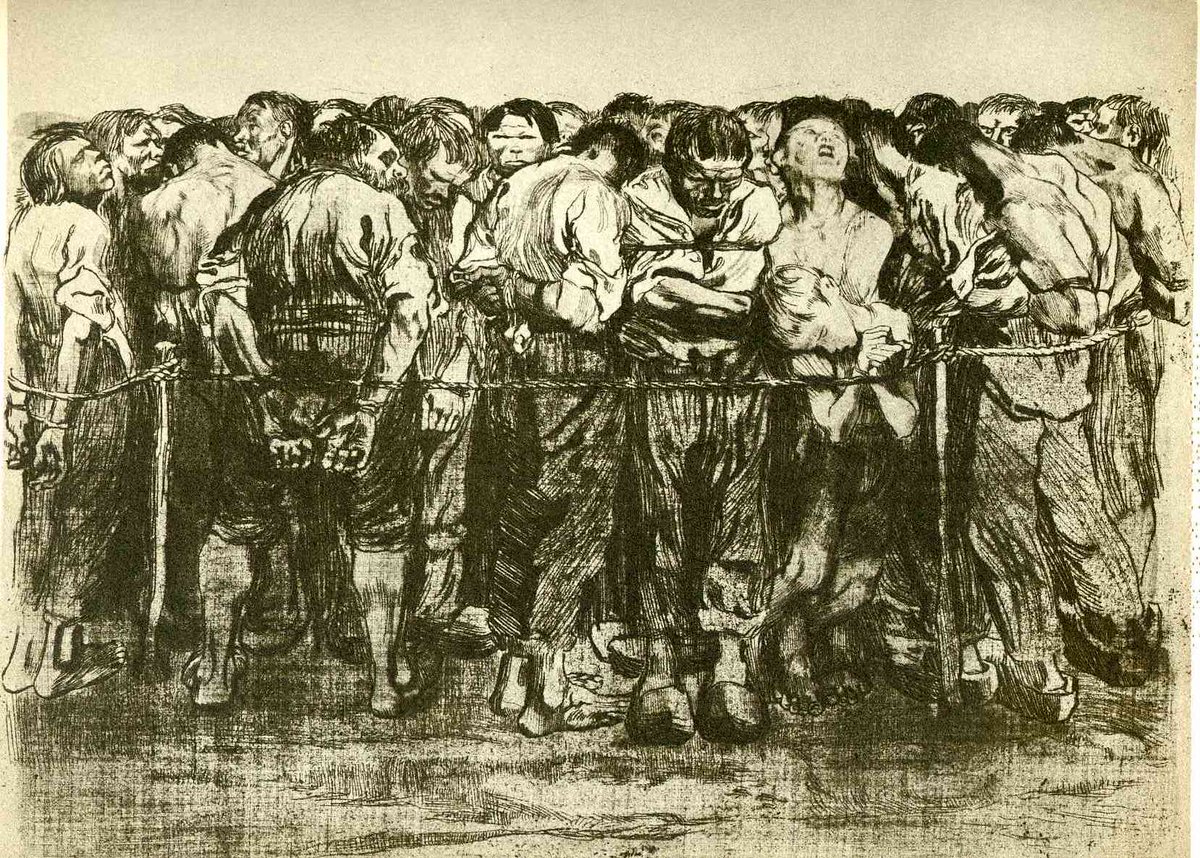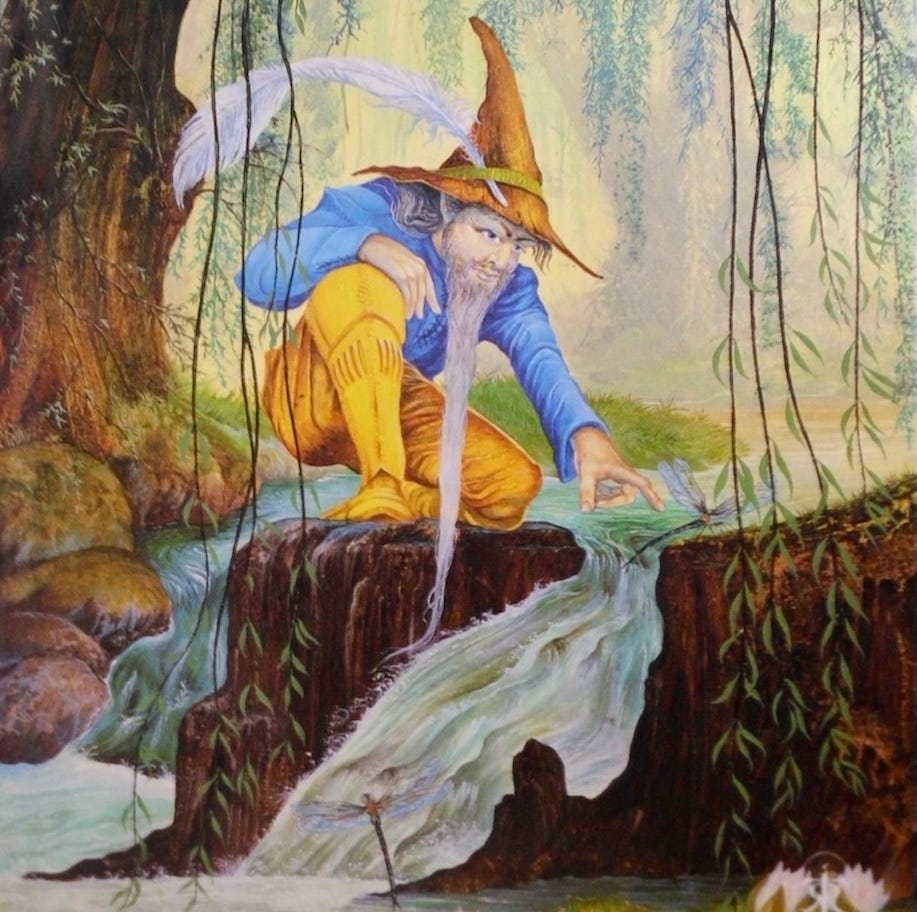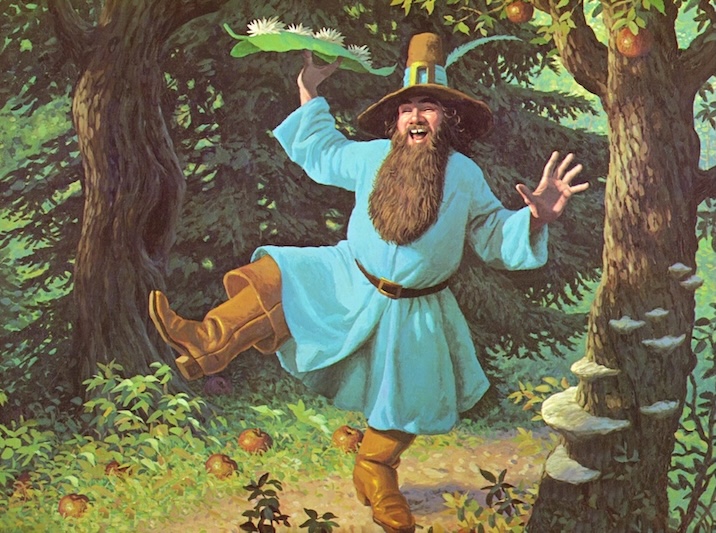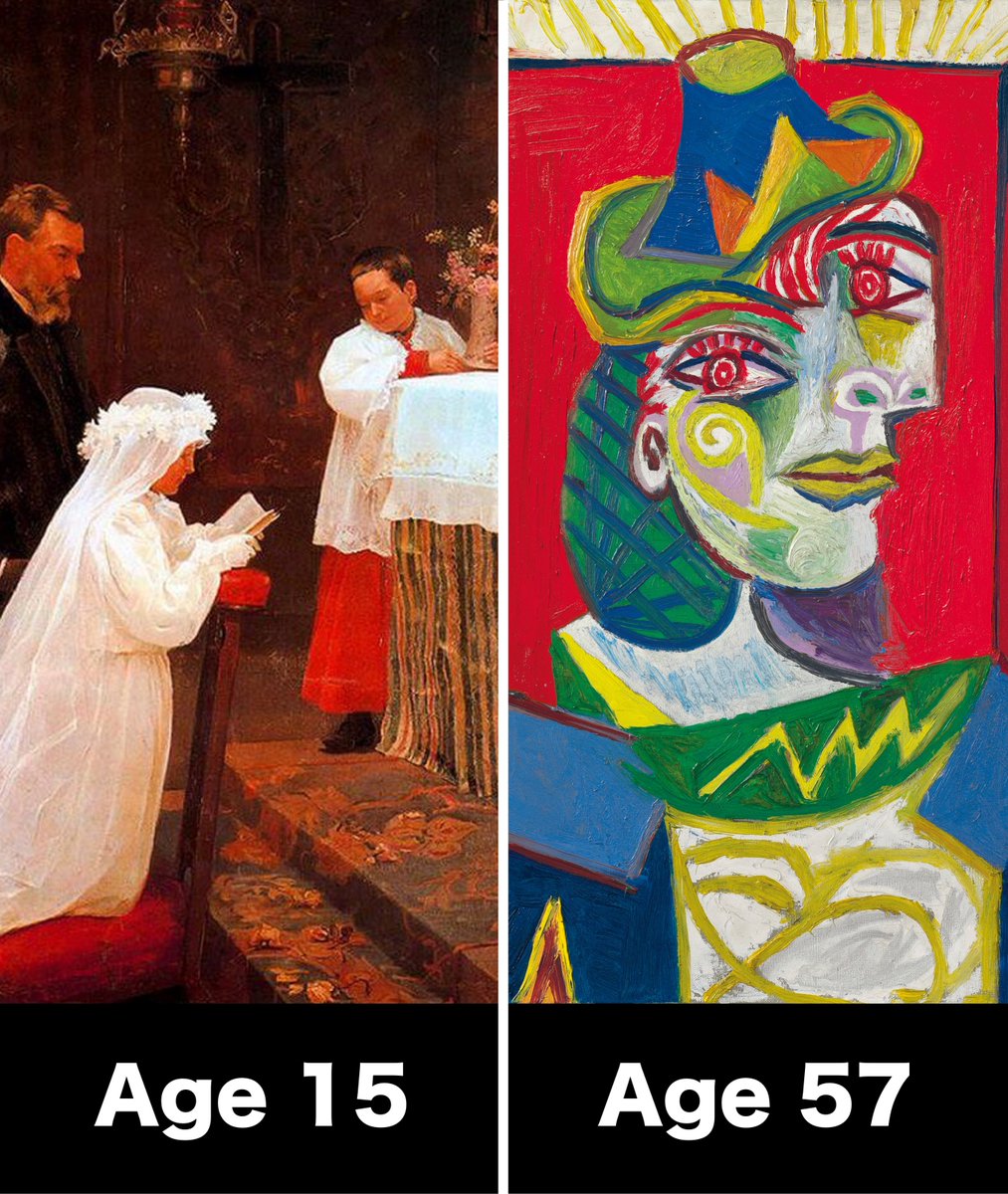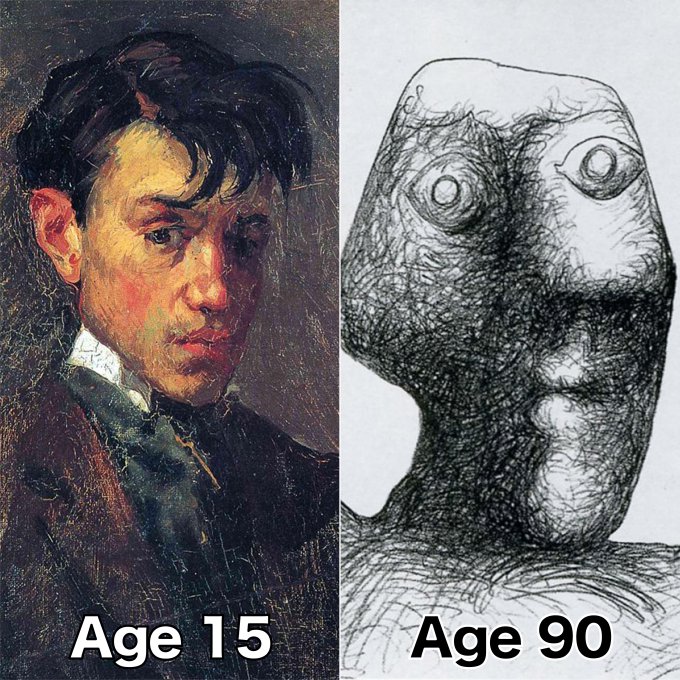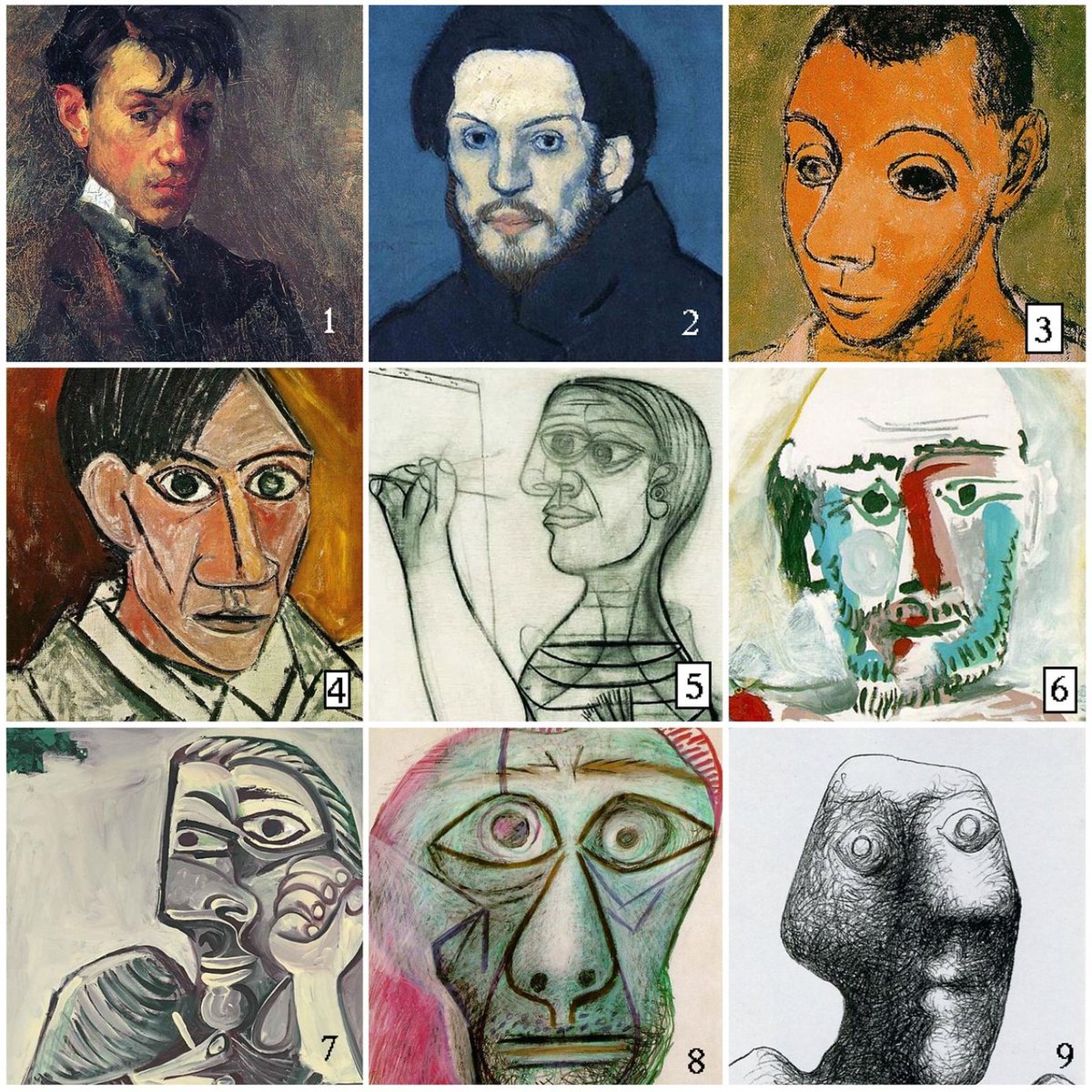The Gothic Revival masterpiece was built between 1916 and 1949 by two Ecuadorians, engineer Gualberto Pérez and architect Lucindo Espinosa. 

The church sits 150 feet high in the canyon of the Guáitara River, at the site where the Virgin Mary is said to have appeared in the 18th century before a woman and her daughter, caught here in a violent storm. 

Its magnificent gothic features are seen inside and out, including a breathtaking vaulted ceiling and stained glass windows made by Italian artist Walter Wolf. 



The ornate entrance depicts the Madonna and Child, surrounded by St. Francis of Assisi and St. Dominic. 

The miraculous image of the Virgin Mary, said to have appeared in 1754, can be found on the cave wall inside the sanctuary - it is known as Our Lady of Las Lajas. 

With its lush greenery and dramatic waterfalls, the surrounding scenery is equally breathtaking. It has been a popular site for pilgrims for centuries. 

• • •
Missing some Tweet in this thread? You can try to
force a refresh



